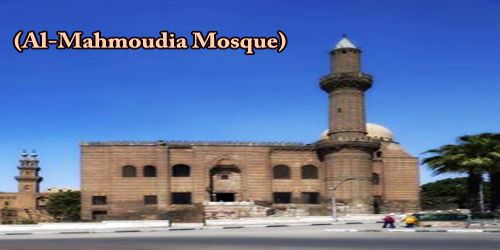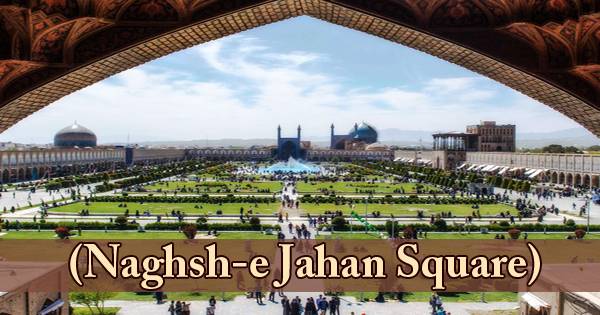Al-Mahmoudia Mosque (Arabic: مسجد المحمودية) or the Mahmud Pasha Mosque, is a historic mosque in Cairo, Egypt, situated in the city of Cairo. It is actually located on Salahuddin Square in Cairo Citadel city, right in front of the citadel’s Bab al-Azab gate. It was built during the Ottoman era in 1567 AD by the Ottoman governor of Egypt Eyalet Mahmud Pasha who is buried in the mosque. To the east, there is the Mosque of Sultan Hassan and Al-Rifa’i. The location of the dome burial chamber behind the prayer hall facing the Citadel and the building of the minaret on a semicircular buttress protruding from a corner next to the mausoleum suggests that it used Sultan Hasan’s nearby Madrasa as its model. But the Minaret is Ottoman. The mosque is attached to the Mahmud Pasha mausoleum which is accessible on the mihrab wall through the door. Mahmud Pasha had been shot dead outside the mosque on charges of oppressing the Egyptian people.
The mosque’s design is unique in its architectural style that follows the main building’s Mamluk tradition and is partly based on Ottoman architecture, particularly for the minaret. The mosque has four sides, and it has two entrance gates on it. The minaret is adorned with a muqarnas ring and an obelisk-shaped cone on top. It is noted to be smaller than the other mosques in the same city, and it is partly due to the building being constructed on top of the pile of stones, and climbing stairs to the mosque is necessary. The gates are decorated with two lines of windows filled with plasterwork and maroon glassworks, with muqarnas facing up to the balconies. The mosque was restored in 1940, by Farouk I. The renovation improved the vaults, and the ceiling was set. In 1979 the mosque was listed as part of Historic Cairo as a UNESCO World Heritage Site.
















